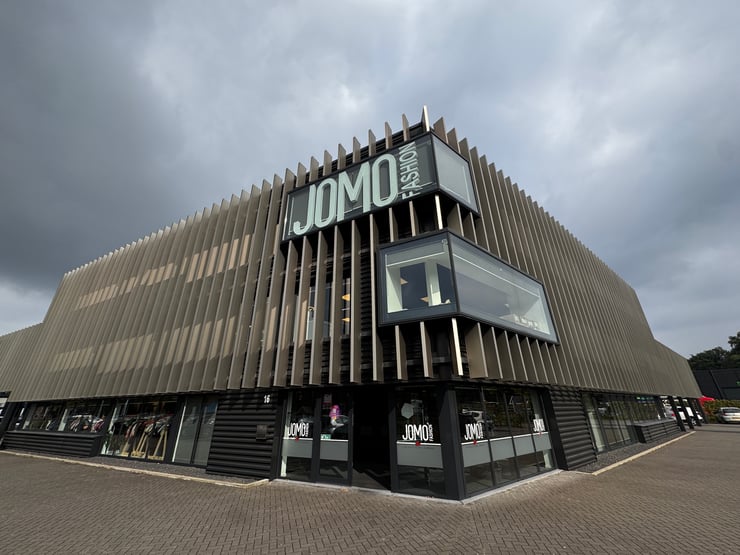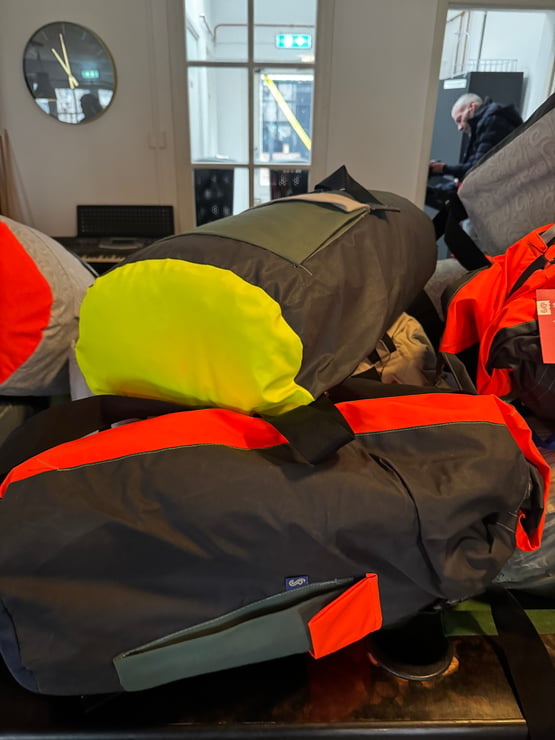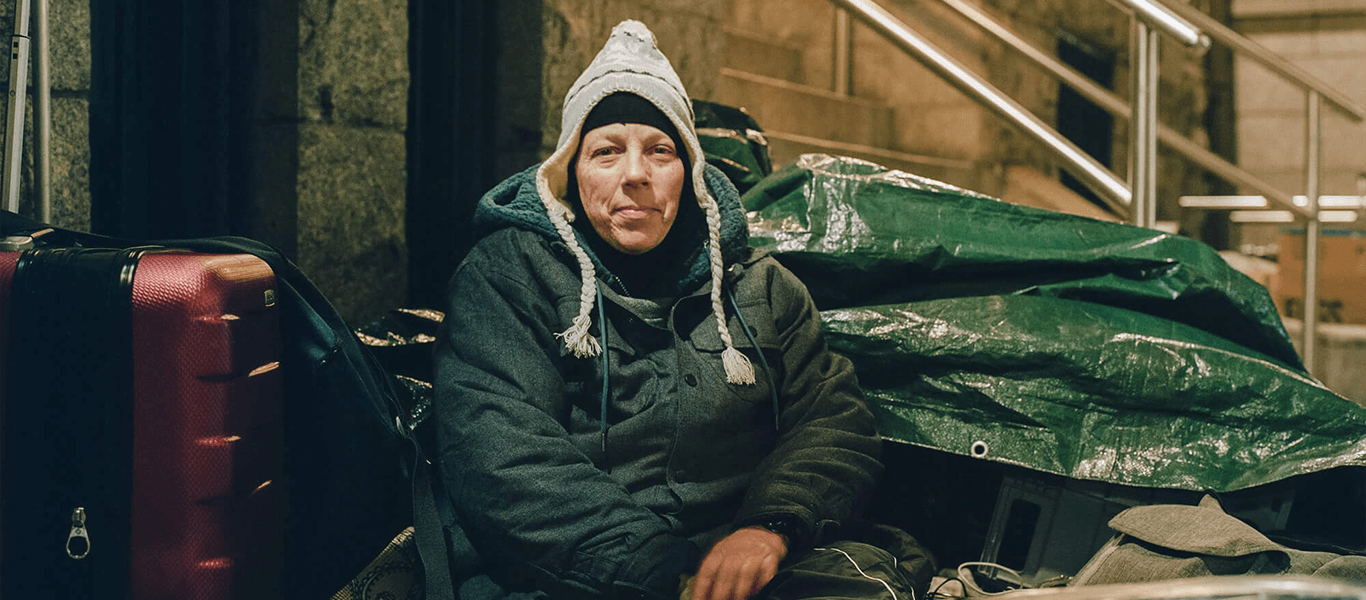It’s a freezing evening as we step into the van with fieldworkers Gijs (director) and Pierre (volunteer). Stichting Veldwerk Haaglanden is dedicated to supporting homeless people in the Haaglanden region. They operate entirely without municipal or government funding, and all staff work on a voluntary basis.
Their mission is simple but crucial: to locate and support people whom society often overlooks—the homeless who find shelter in forests, under bridges, and in hidden places throughout the city.
With fully equipped vans stocked with essentials like clothing, food, medical supplies, and even pet food, the teams drive around providing critical aid. But what they also bring is invaluable: human connection.
With fully equipped vans stocked with essentials like clothing, food, medical supplies, and even pet food, the teams drive around providing critical aid. But what they also bring is invaluable: human connection.
We track down people reported sleeping in unsafe locations, connect with them, and slowly guide them back to support services.
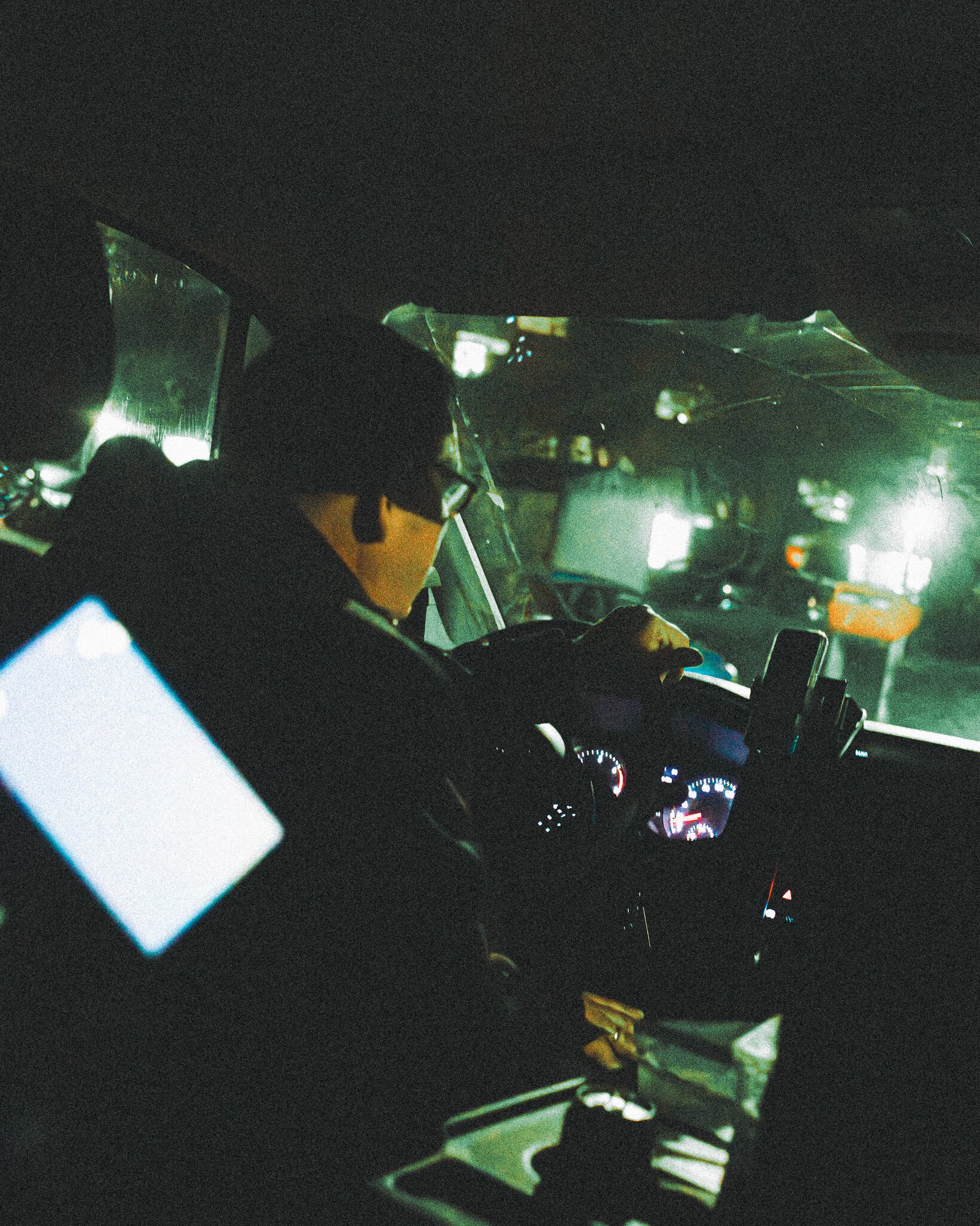
If you haven't seen it, you can't imagine that someone lives like this.
The Reality of Homelessness
During our night patrol with Veldwerk Haaglanden and Stichting Sheltersuit, we encountered people living in shocking conditions—under bridges, in forests, and in temporary shelters.
Deep in the forest, we find Ahamed. He has been living there for weeks, surviving under a tarp with barely any protection from the elements. “Sleeping in the forest is illegal,” Pierre reminds us. “They are always on the run, forced to constantly find new hiding places, never knowing when they will be woken up and told to leave.”
We give Ahamed a Shelterbag—a portable sleeping bag designed to keep people warm and dry. It’s not a home, but it’s something. A small comfort in a world that offers him so little.
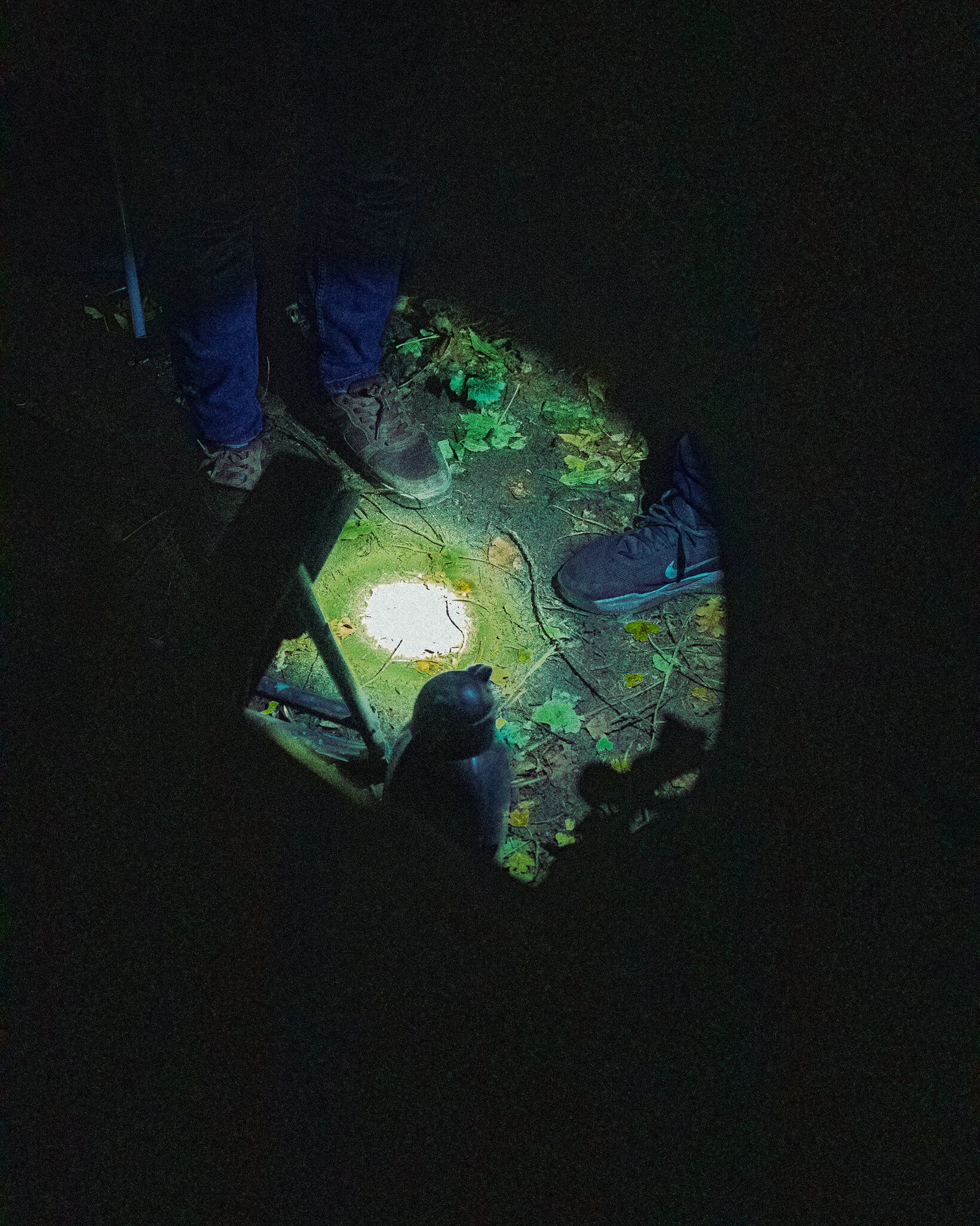
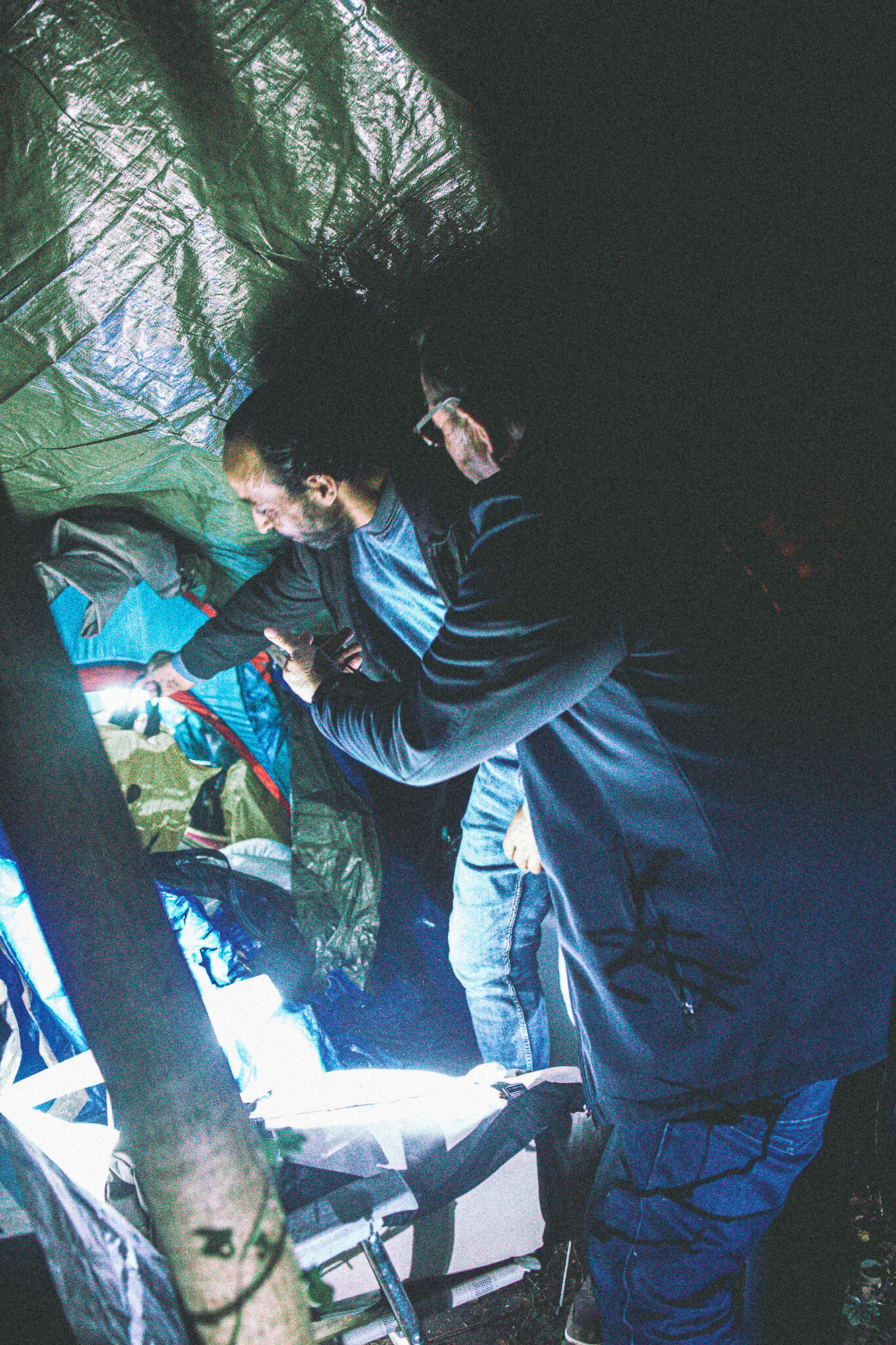
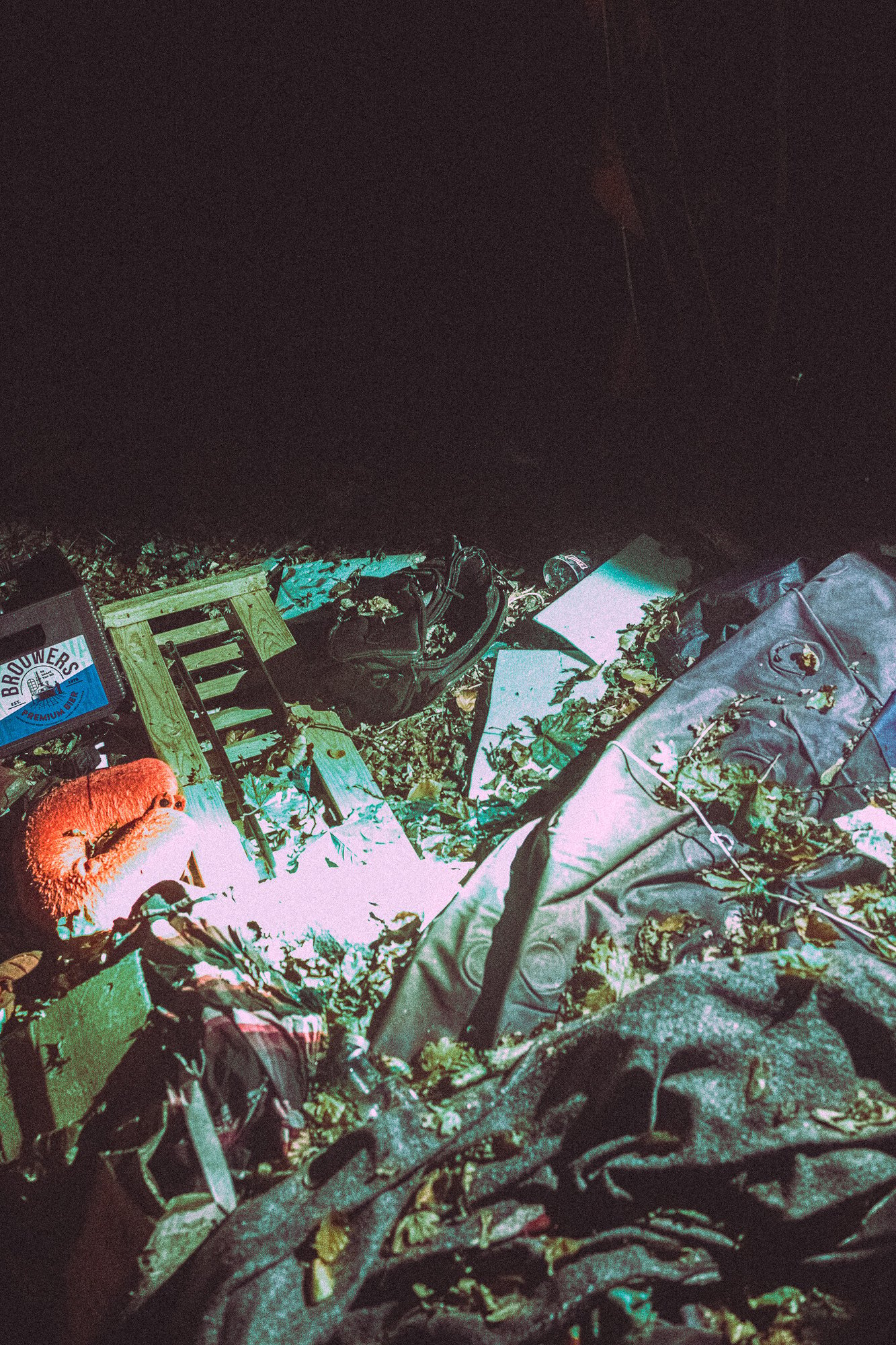
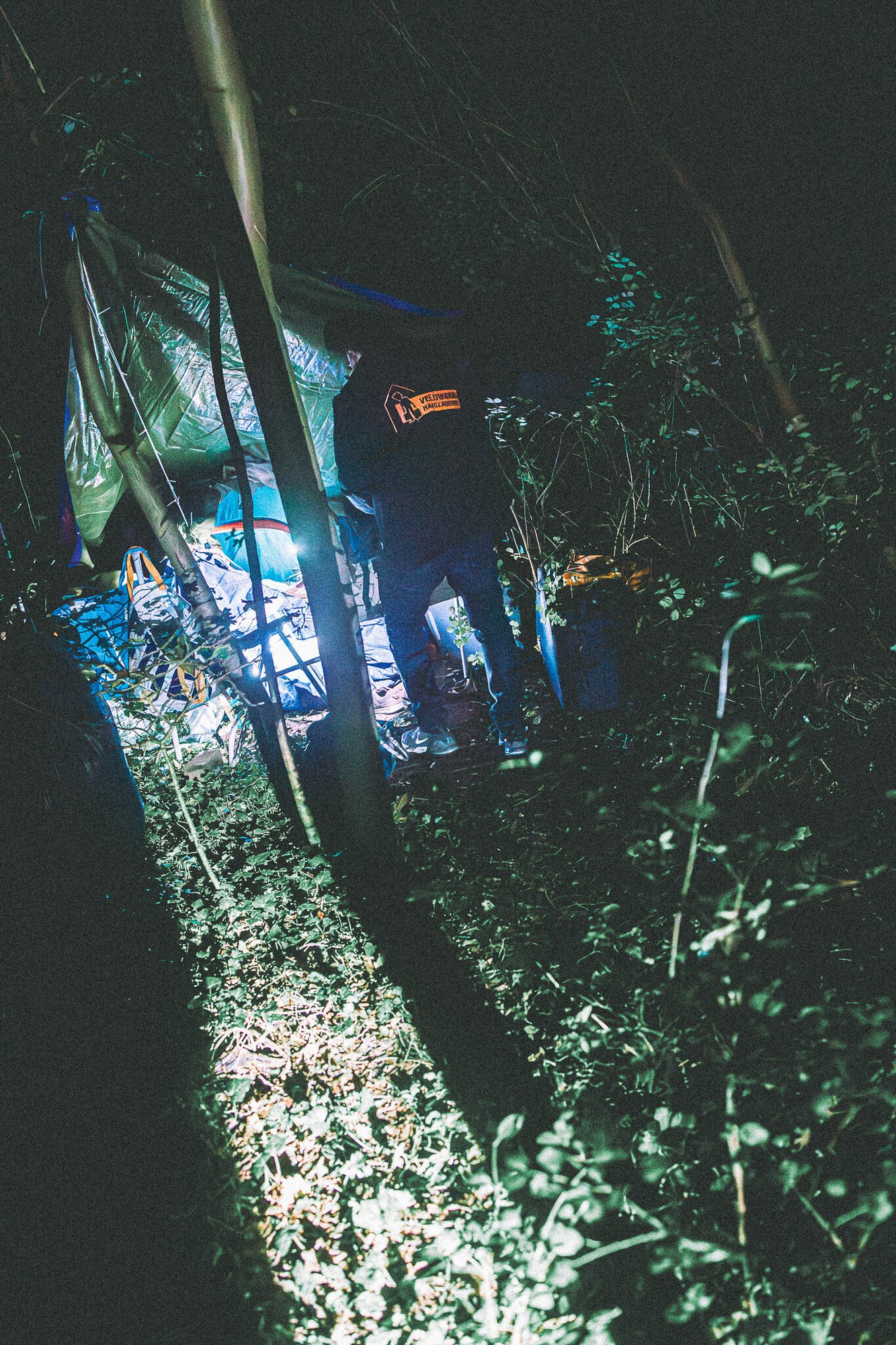
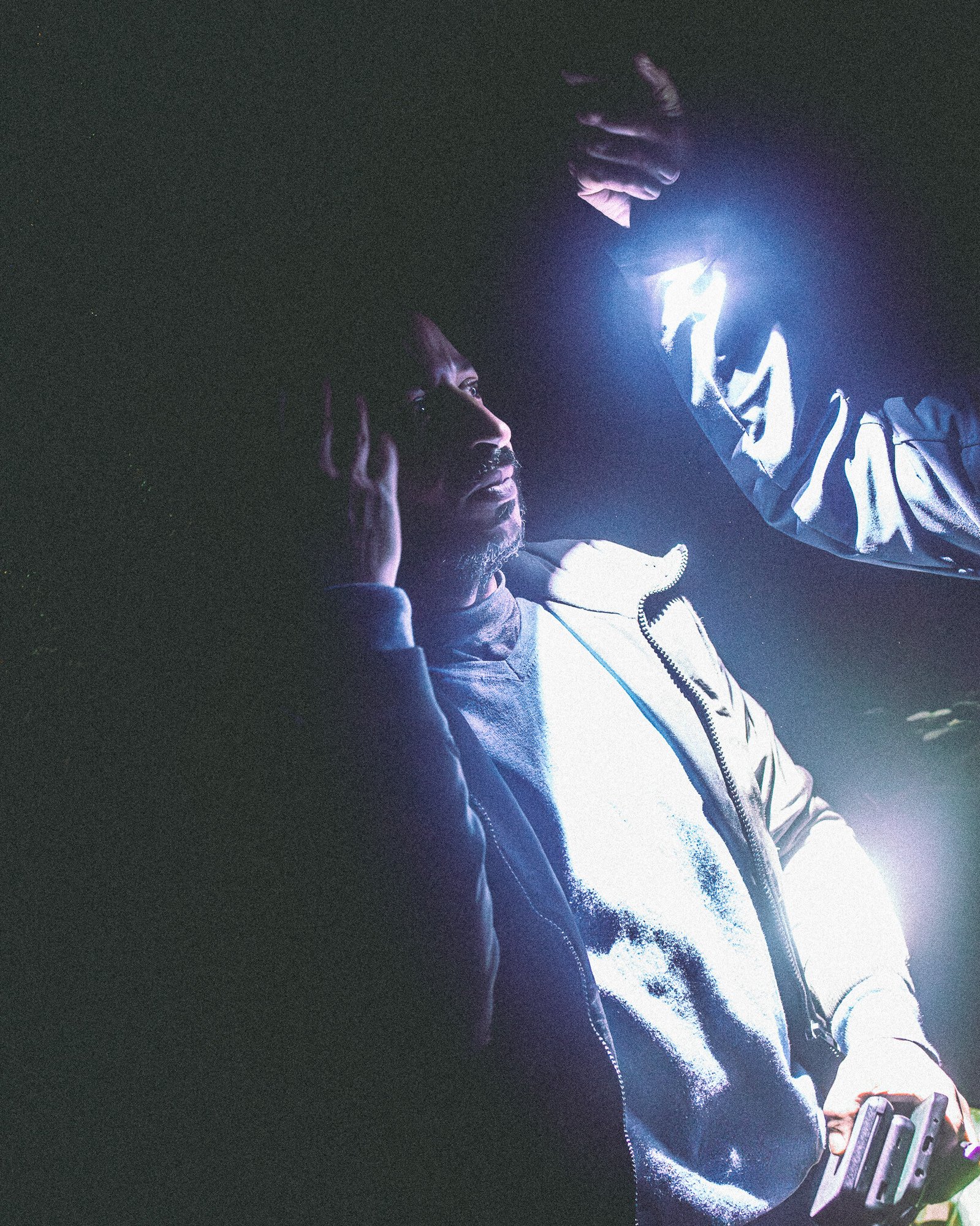
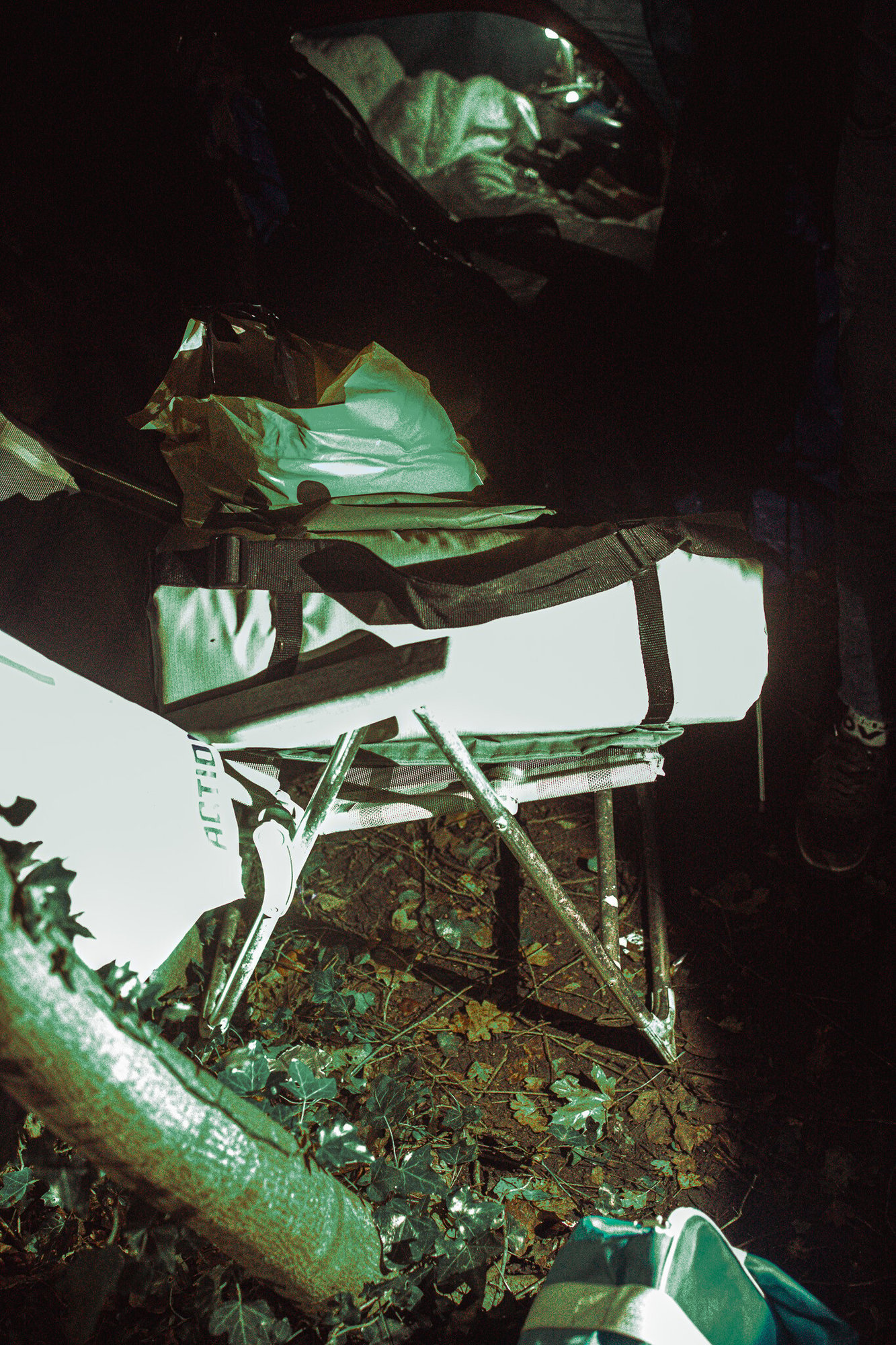
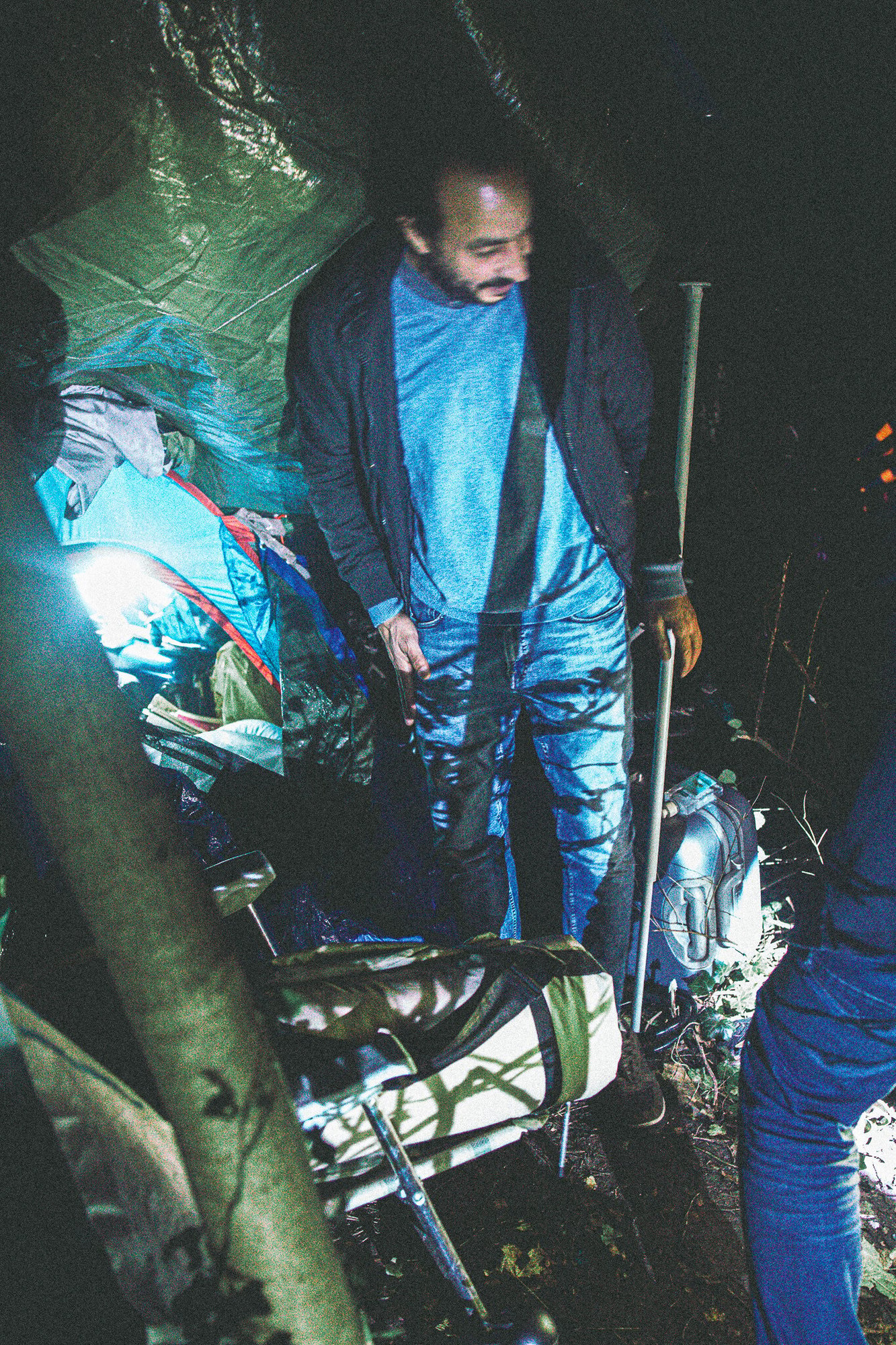
A broken system - working without a home
One of the stories we hear is about a man who works seven days a week but has no shelter. His bank account is blocked, and without an address, he can’t arrange anything. Without a stable income, he can’t get an address. It’s a vicious cycle.
“Every morning, he washes himself in the hospital before going to work,” Gijs explains. “In the afternoon, he collects bottles and cans to pay for public transport to his job.”
Eventually, the team helps him restore his bank account, and his salary is finally deposited. He now lives in a small caravan while still searching for something permanent. It’s a small victory, but it highlights how easy it is to fall through the cracks and how hard it is to climb back out.
Gijs recalls another night when a concerned citizen’s phone call led them to a man sleeping in the bushes near a hospital. “At first glance, he looked like an ordinary man. You’d never think he was homeless,” Gijs says. “He had a job, but no home. No addiction, no mental health issues—just a man abandoned by the system.”
This man had been sleeping outside for months while working every day. After hearing his story, the team committed to helping him find a stable situation.
But as Pierre reminds us, challenges don’t disappear even when things seem to improve. “Now that he’s earning money again, we expect debt collectors to show up any moment. One problem is solved, but another soon follows.”
You would think working full-time means you can afford a place to stay. But for many, that's just not the reality.
When the little you have is taken away
Under a bridge, we find the remains of what was once a makeshift home. It has burned down.
“This was someone’s life,” Gijs says, shaking his head. “Whether you think they should be here or not, no one deserves this.”
The fire was no accident. Someone deliberately set it on fire. It’s a harsh reminder of how vulnerable these people are. Even when they find a place to settle, it can be taken away in an instant.
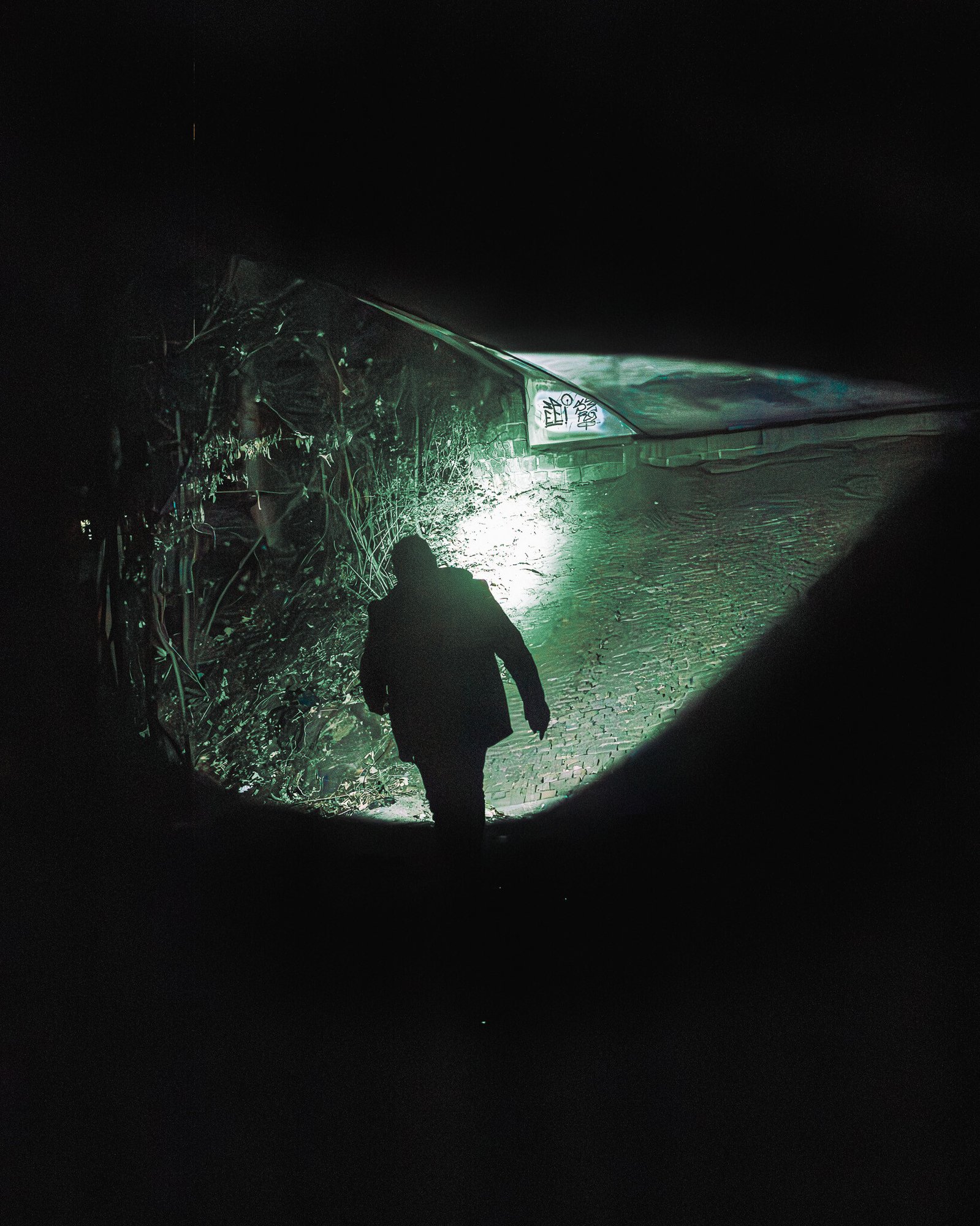
They lost everything. Again. And they already had nothing.
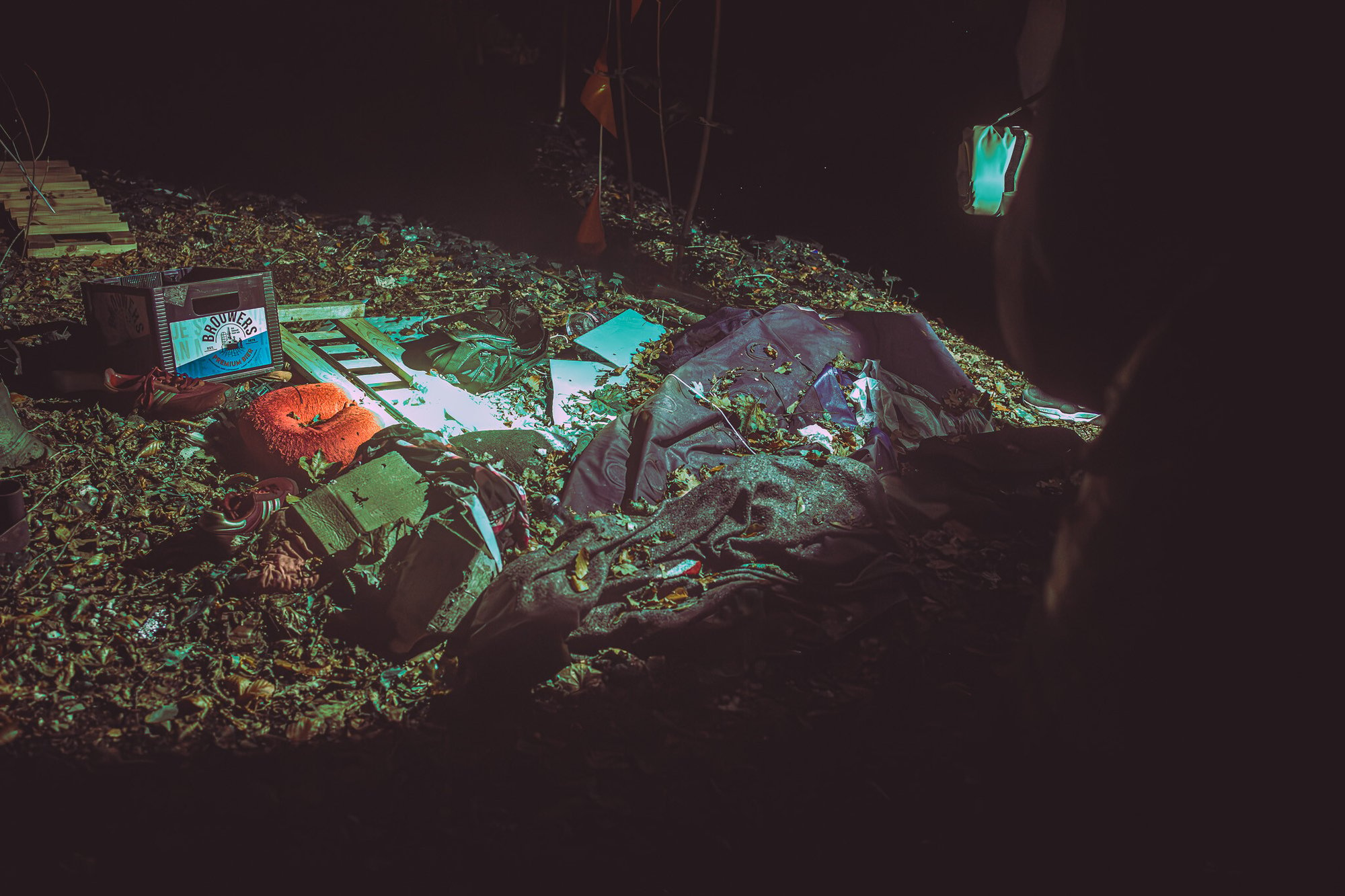
A failing system: laws that punish instead of protect
One of Gijs and Pierre’s biggest frustrations is how the system criminalizes homelessness instead of addressing its root causes. “The city spends money putting up signs that say ‘No Sleeping Here’ instead of actually solving the problem,” Gijs says.
They explain how people are constantly moved from one place to another without ever getting a real chance to rebuild their lives. Yet, they refuse to give up.
“Step by step, we try to rebuild someone’s life,” Gijs says. “It doesn’t always work, but sometimes it does. And that’s what keeps us going.”
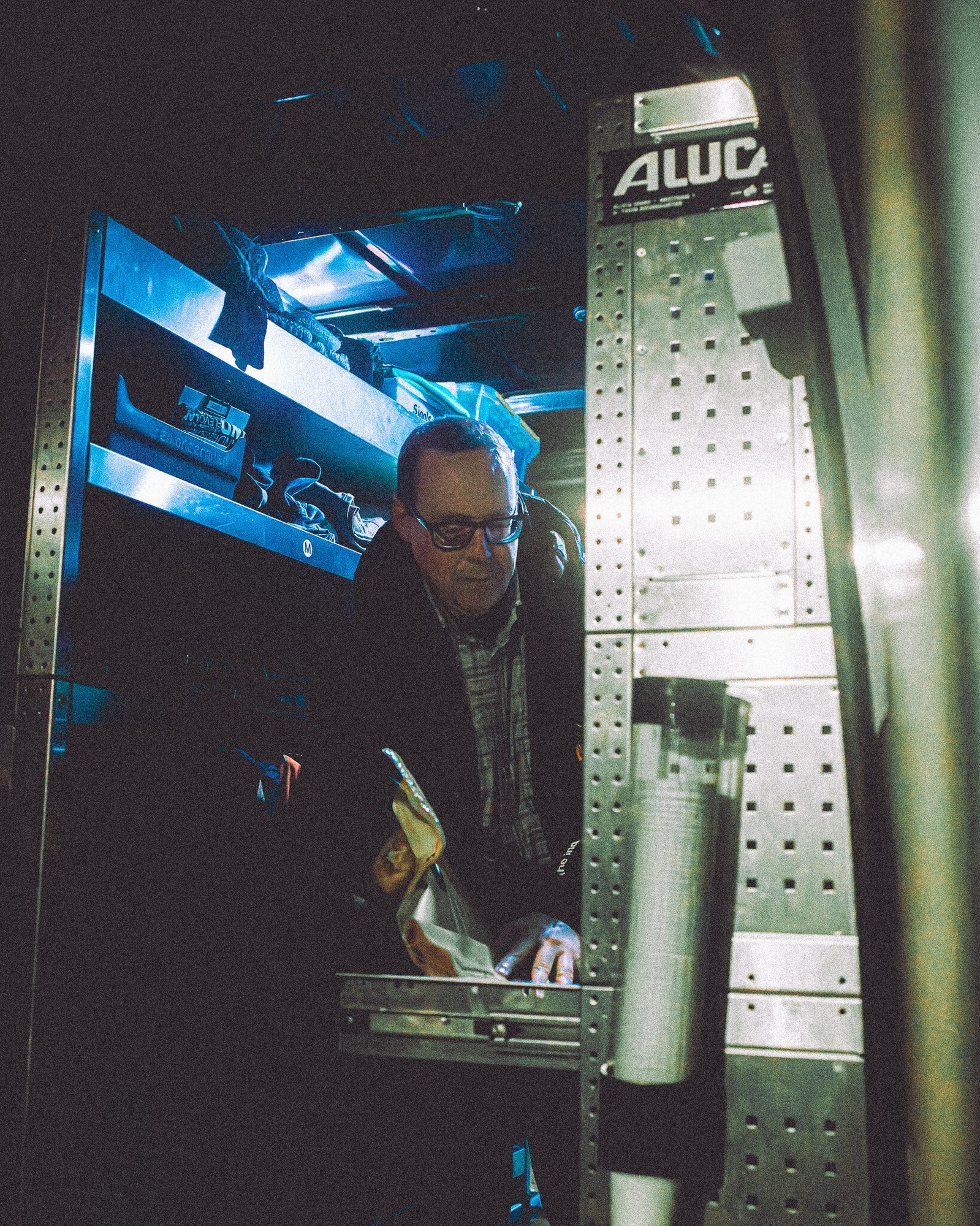
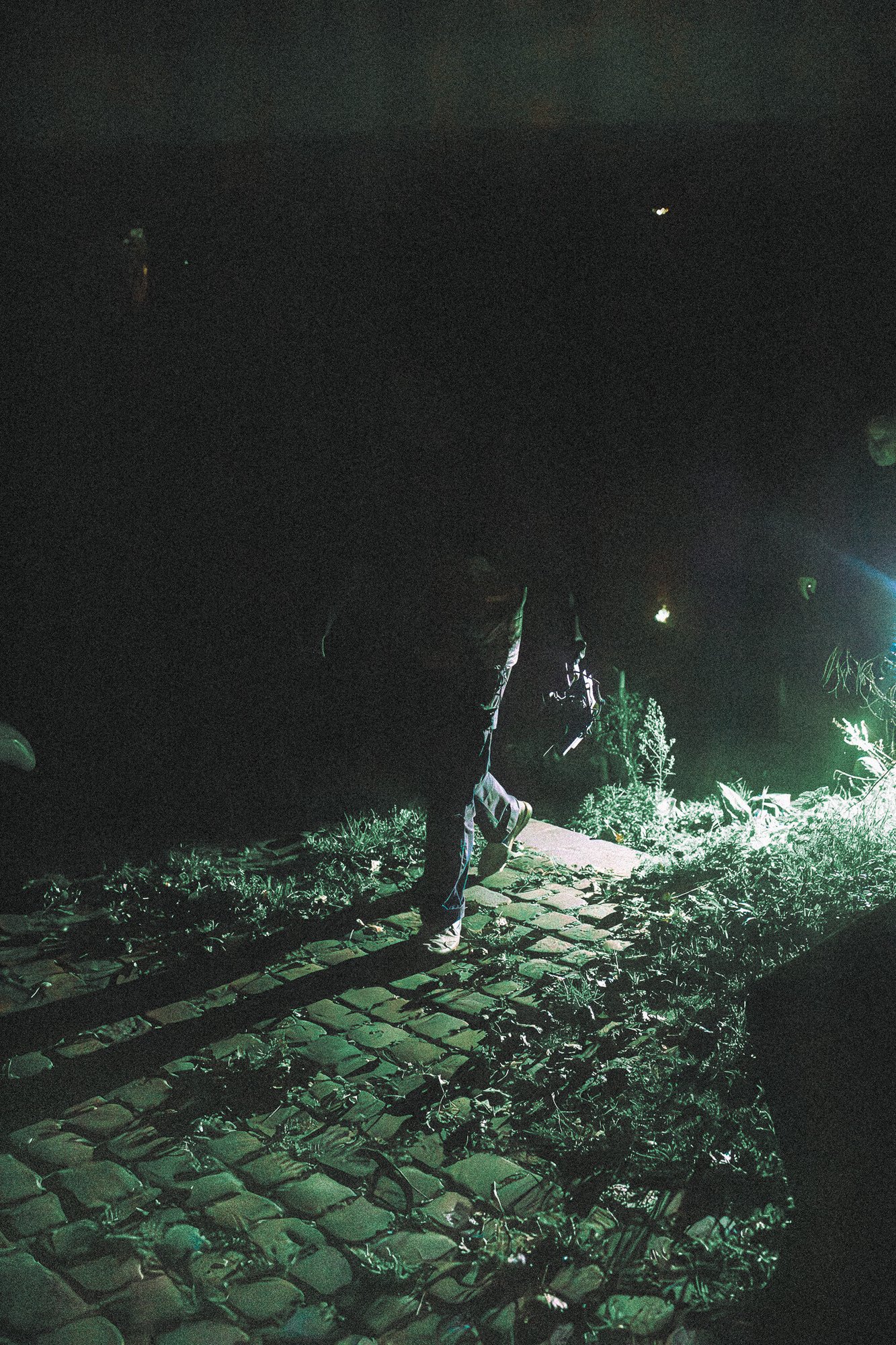
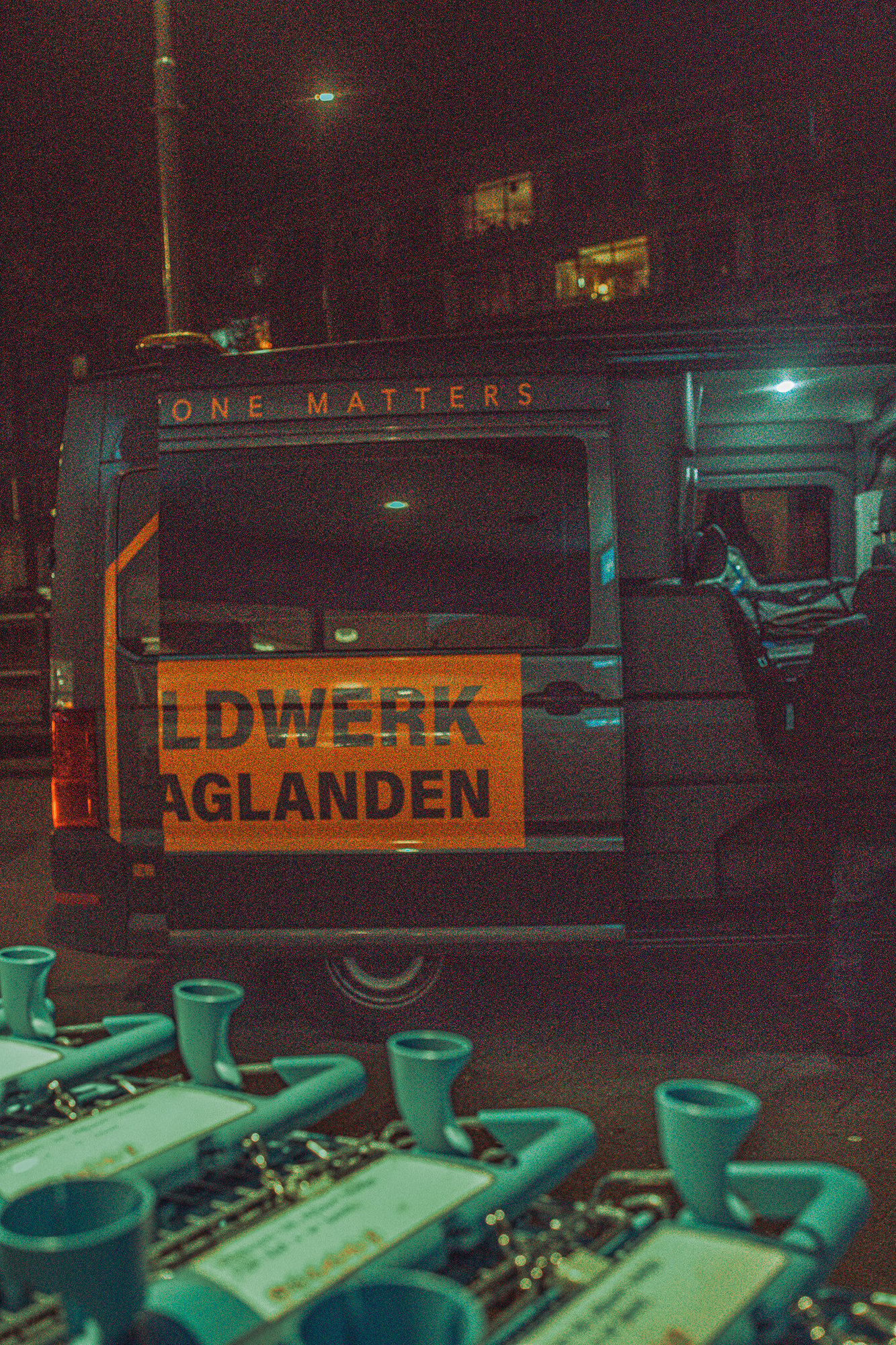
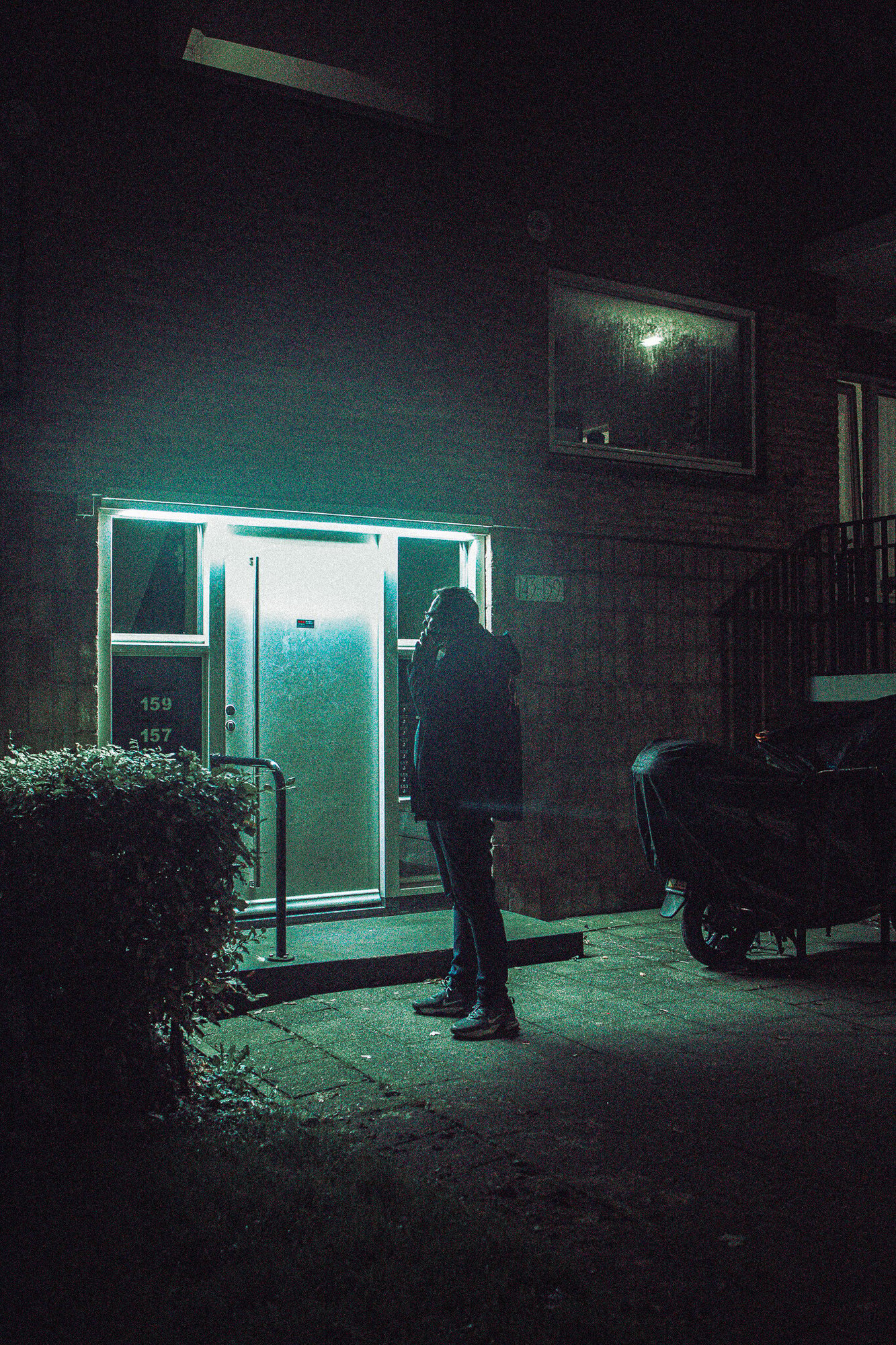
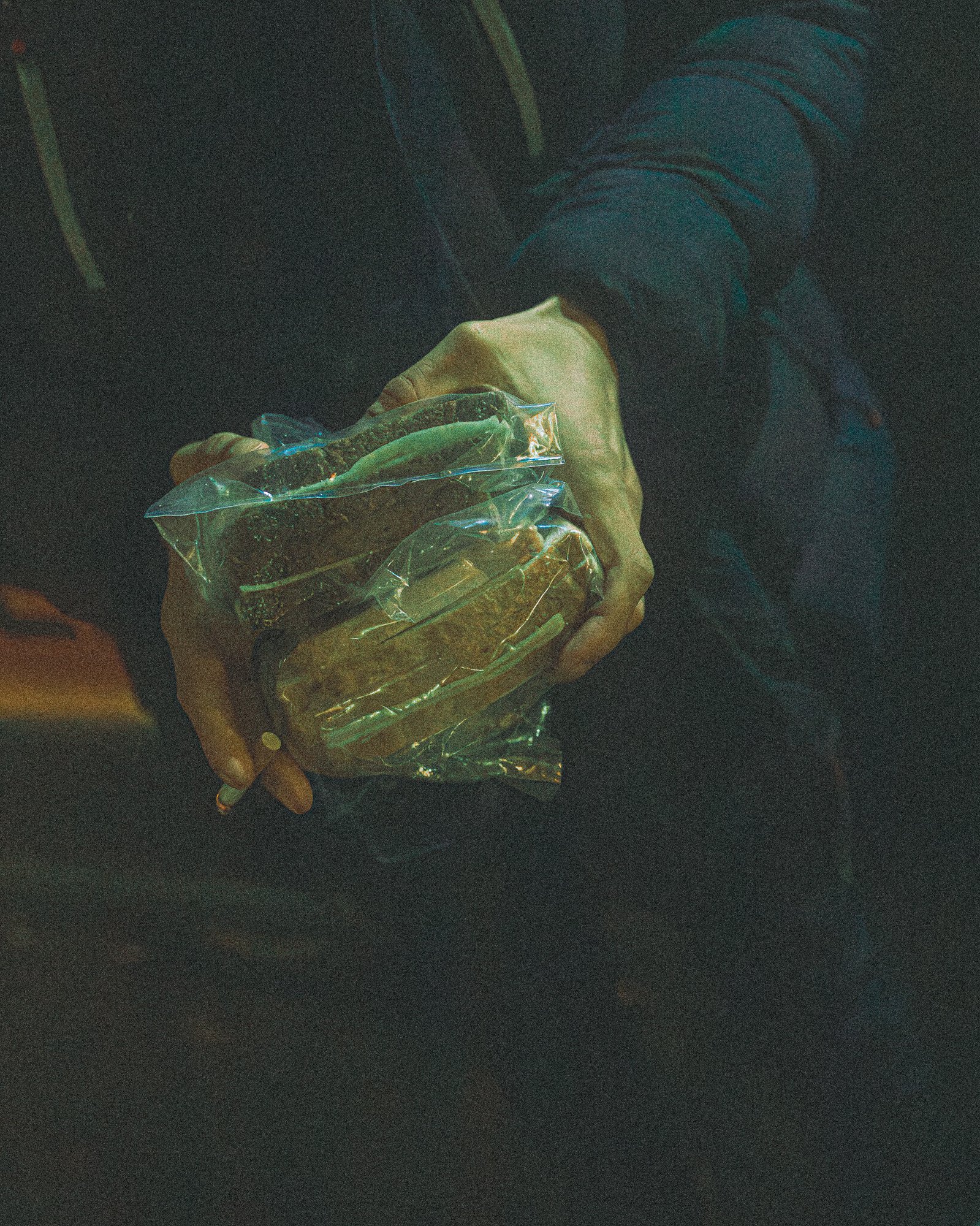
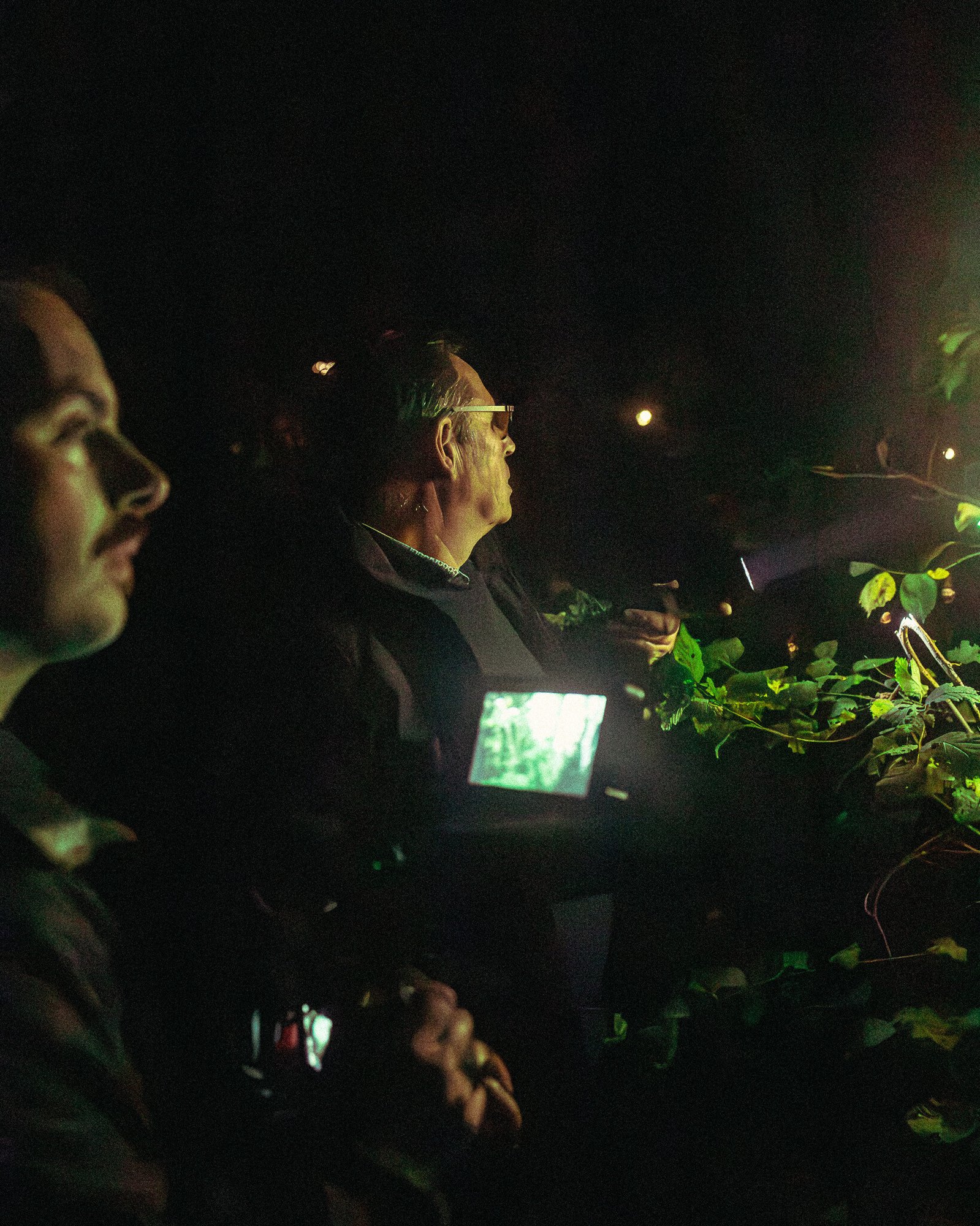
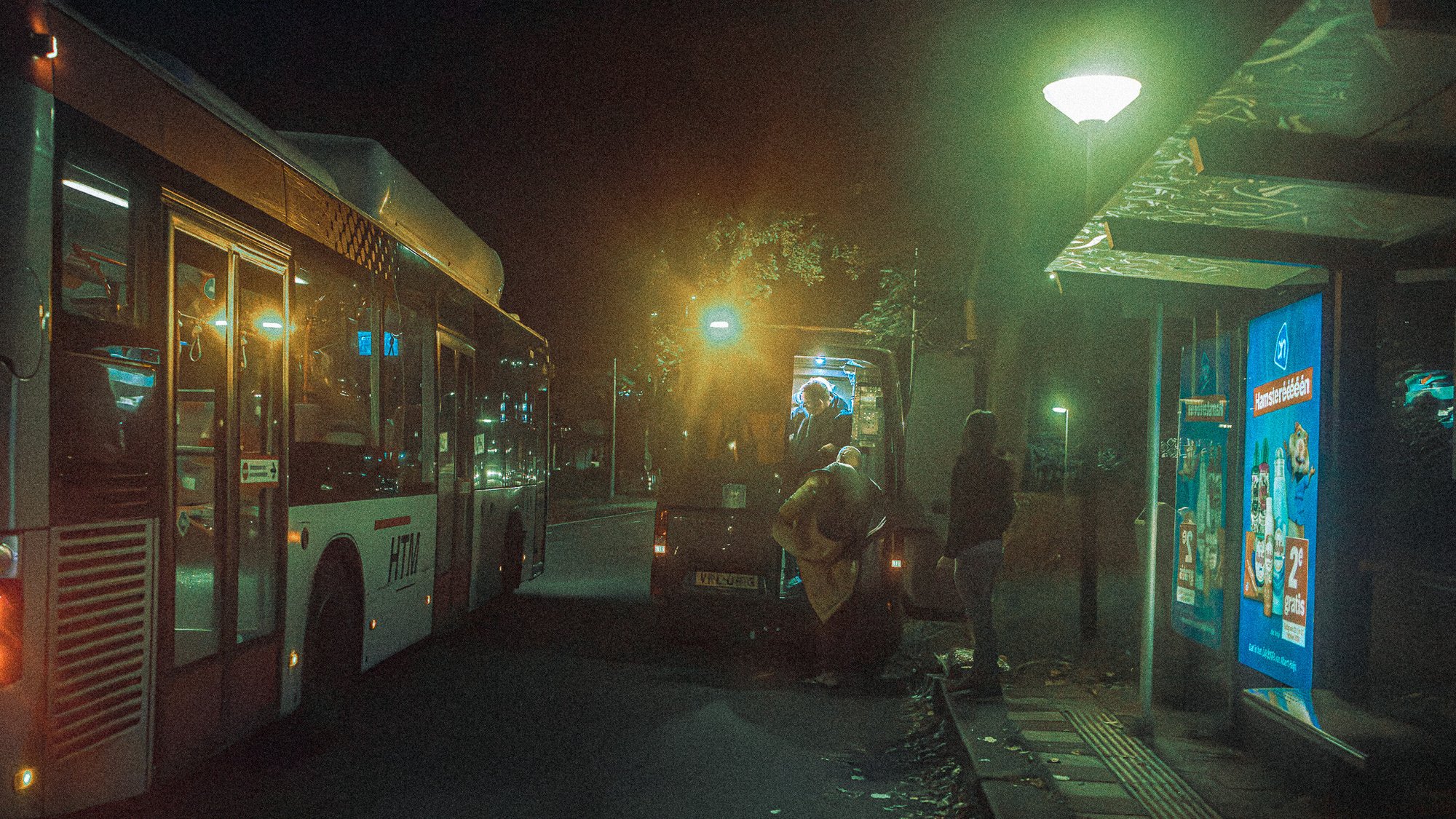
How you can help
Homelessness is not just about lacking a home; it’s about lacking support. You can help by donating to organizations like Sheltersuit, advocating for systemic change, and challenging the stigma around homelessness.
- Donate: Every contribution to the Sheltersuit Foundation directly supports the production and distribution of Sheltersuits.
- Spread Awareness: Share our story on social media or discuss it with friends and family. Raising awareness is a powerful way to help.
- Volunteer: If you have skills, time, or resources to offer, consider volunteering with us or organizations like Veldwerk Haaglanden in your area.













